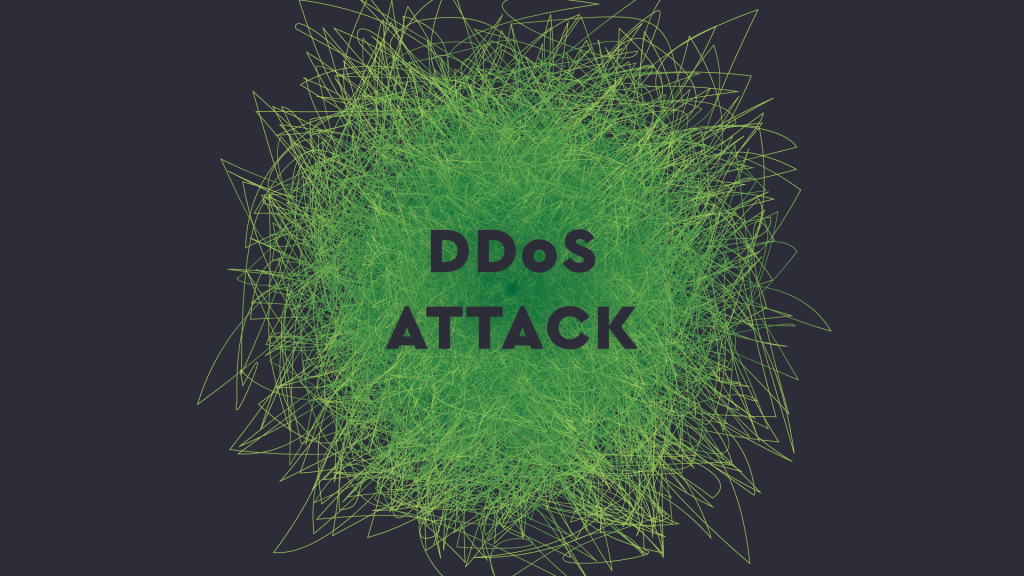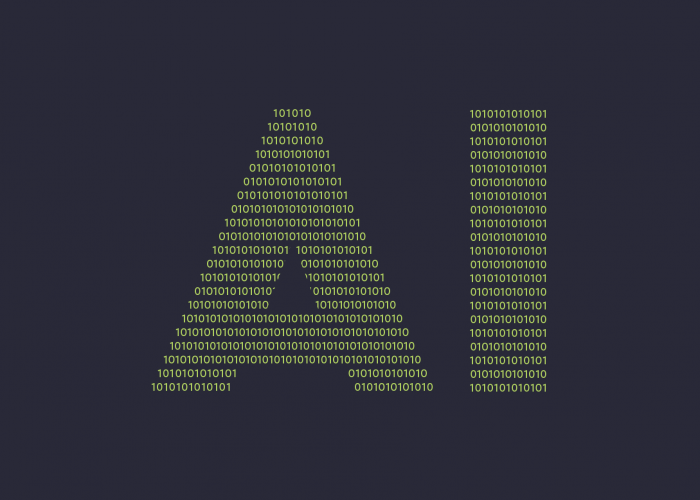Since 2021, distributed denial of service (DDoS) attacks have skyrocketed, both in volume and frequency.
The purpose of a DDoS attack is to overload the website resources. However, DDoS attacks can be used as a way of extortion and blackmailing. For example, website owners can be asked to pay a ransom for attackers to stop a DDoS attack.
DDoS attacks can have many other motivations including political, hacktivist, terrorist, and business competition. Anyone with a financial or ideological motive can damage an organization by launching a DDoS attack against it.
In the last quarter of the year, as billions around the world celebrated holidays and events such as Thanksgiving, Christmas, Hanukkah, Black Friday, Singles’ Day, and New Year, DDoS attacks persisted and even increased in size, frequency, and sophistication whilst attempting to disrupt our way of life.
Cloudflare released its DDoS Threat Report for 2022 Q4. The report covers the DDoS attack landscape as detected by the Cloudflare network to help you better understand the threat landscape.
GLOBAL DDOS INSIGHTS
In the last quarter of the year, despite a year-long decline, the amount of HTTP DDoS attack traffic still increased by 79% YoY. While most of these attacks were small, Cloudflare constantly saw terabit-strong attacks, DDoS attacks in the hundreds of millions of packets per second, and HTTP DDoS attacks peaking in the tens of millions of requests per second launched by sophisticated botnets.
In August of 2022, Google claimed that they fended off a DDoS attack that peaked at 46 million requests per second.
According to Google specialists, to give a sense of the scale of the attack, that is like receiving all the daily requests to Wikipedia (one of the top 10 trafficked websites in the world) in just 10 seconds.
Researchers found that:
Volumetric attacks surged:
- the number of attacks exceeding rates of 100 gigabits per second (Gbps) grew by 67% quarter-over-quarter (QoQ), and
- the number of attacks lasting more than three hours increased by 87% QoQ.
Ransom DDoS attacks steadily increased this year:
- In Q4, over 16% of respondents reported receiving a threat or ransom demand as part of the DDoS attack that targeted their Internet properties.
INDUSTRIES MOST TARGETED BY DDOS ATTACKS
- HTTP DDoS attacks constituted 35% of all traffic to Aviation and Aerospace Internet properties.
- Similarly, over a third of all traffic to the Gaming/Gambling and Finance industries was network-layer DDoS attack traffic.
- A whopping 92% of traffic to Education Management companies was part of network-layer DDoS attacks.
- Likewise, 73% of traffic to the Information Technology and Services and the Public Relations & Communications industries were also network-layer DDoS attacks.
SOURCE AND TARGETS OF DDOS ATTACKS
- In Q4, 93% of network-layer traffic to Chinese Internet properties behind Cloudflare were part of network-layer DDoS attacks. Similarly, over 86% of traffic to Cloudflare customers in Lithuania and 80% of traffic to Cloudflare customers in Finland was attack traffic.
- On the application-layer, over 42% of all traffic to Georgian Internet properties behind Cloudflare was part of HTTP DDoS attacks, followed by Belize with 28%, and San Marino in third place with just below 20%. Almost 20% of all traffic from Libya that Cloudflare saw was application-layer DDoS attack traffic.
- Over 52% of all traffic recorded in Cloudflare’s data centers in Botswana was network-layer DDoS attack traffic. Similarly, in Cloudflare’s data centers in Azerbaijan, Paraguay, and Palestine, network-layer DDoS attack traffic constituted approximately 40% of all traffic.
Source: Cloudflare




